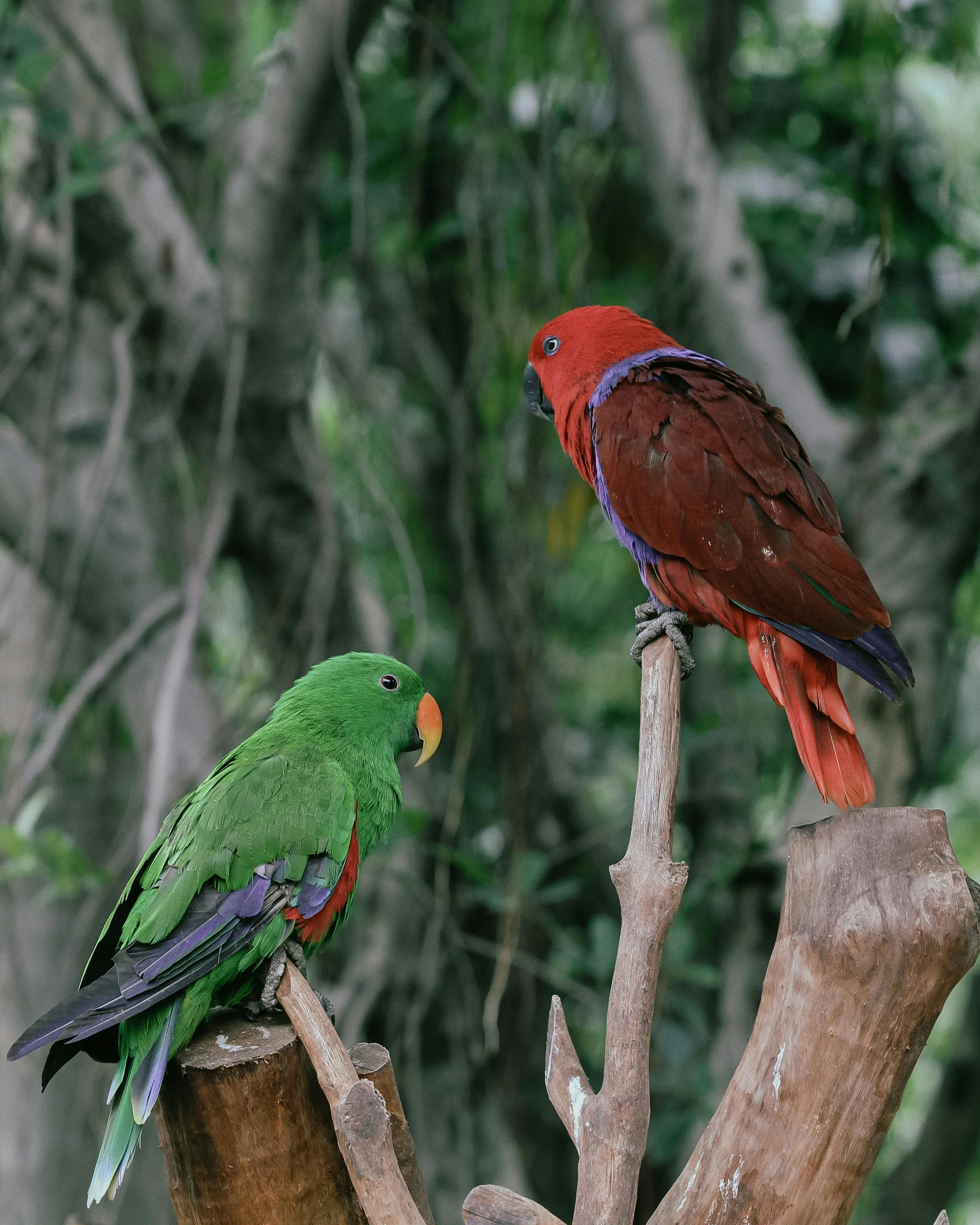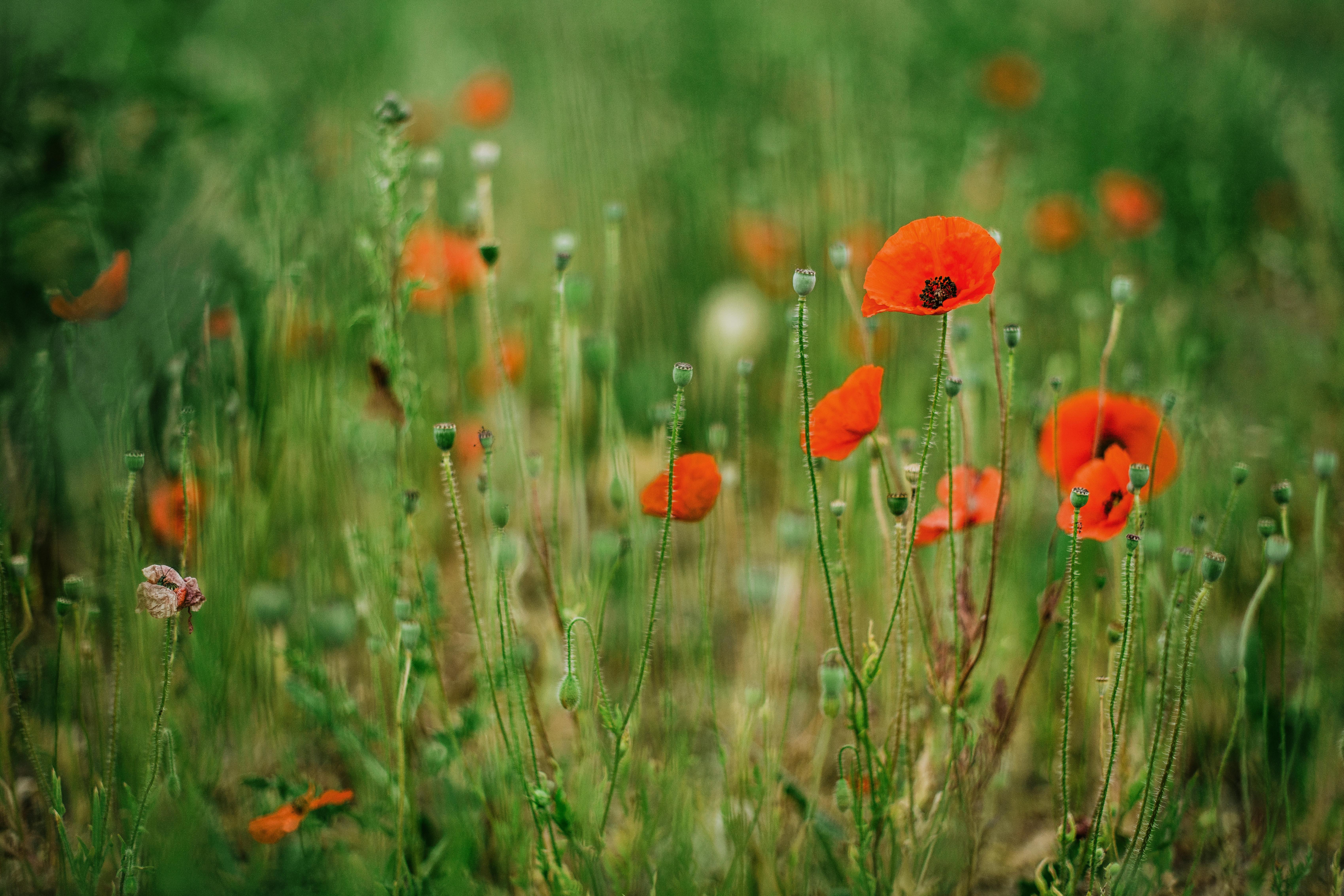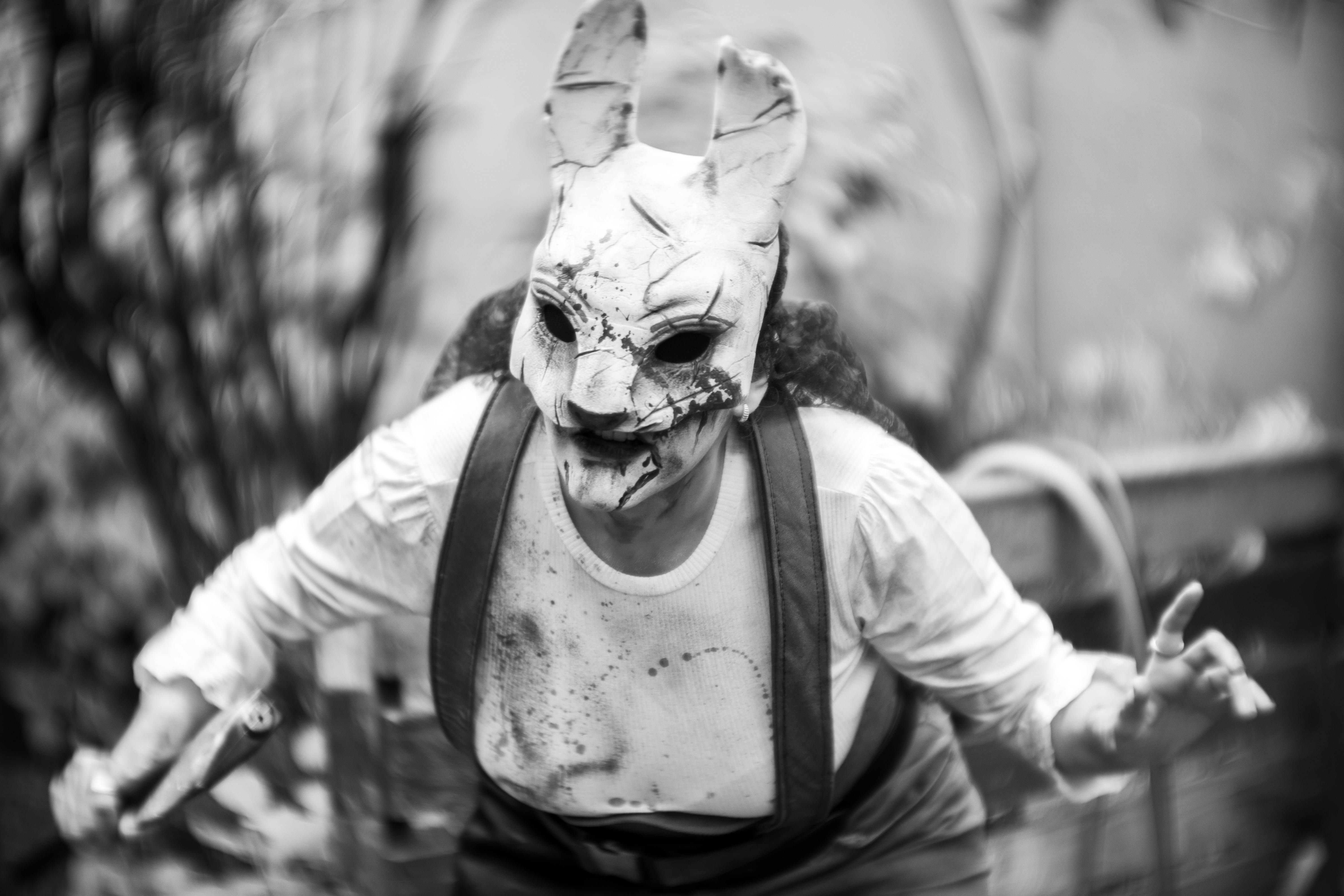
Apply Now


Essential Guide to Lop Rabbit Breeds for New Owners in 2025
Lop rabbits have become increasingly popular as pets in recent years, especially for families looking for affectionate companions. Known for their distinctive ears that flop down, these rabbits come in various breeds, each with unique characteristics and care requirements. Owning a lop rabbit can bring joy, companionship, and even therapeutic benefits, making them an excellent choice for children and adults alike. In this guide, we'll explore the different lop rabbit breeds, covering crucial aspects such as care, temperament, and training. By the end, you will have a comprehensive understanding of what makes these adorable creatures special and how to ensure they lead happy, healthy lives. We'll touch on essential topics like feeding, grooming, and social needs, giving you a well-rounded perspective to become a responsible pet owner. Key takeaways include understanding the various breeds, their care tips, common health issues, and how to socialize and train your lop rabbit effectively. With this guide, new owners in 2025 will have all the necessary tools to provide the best environment for their furry friends.Understanding Lop Rabbit Breeds and Characteristics
Every lop rabbit has its own unique breed characteristics that influence its temperament, size, and appearance. The most common breeds include the Holland lop, English lop, Mini lop, and French lop.Holland Lop Rabbit
The Holland lop is one of the most popular pet rabbit breeds, known for its small size and friendly nature. Adults weigh between 2 to 4 pounds and typically exhibit a playful temperament. These rabbits are affectionate and enjoy being handled, making them great companions for kids. Recognizing their small stature, suitable housing options include cozy cages or exercise pens that allow for hopping and playing. When caring for a Holland lop, it's essential to provide a balanced diet consisting of hay, fresh vegetables, and high-quality rabbit pellets to maintain their health and wellbeing. Regular interactions and socialization are also important to prevent behavioral issues.English Lop Rabbit
The English lop is distinguished by its remarkable long ears, which can span over 20 inches! These rabbits can weigh from 9 to 12 pounds and are known for their calm and gentle demeanor. Ideal for families, English lops are social creatures that thrive on interaction and companionship. Grooming is also crucial due to their larger size and longer fur. Weekly brushing will help manage shedding and minimize the need for intensive grooming. When considering adding an English lop to your home, it's essential to invest in ample space and enrichment activities to suit their lively nature.Mini Lop Rabbit
Mini lops are compact and versatile, weighing between 3 to 6 pounds. They are known for their playful personalities and can come in a variety of colors. With their friendly and social nature, Mini lops do well with families and make for excellent pets. Understanding their exercise needs is vital, as they require ample time outside their cage to prevent boredom and associated behavioral issues. Engaging in healthy playtime with appropriate toys will enhance their mental well-being and allow for bonding time with their owners.French Lop Rabbit
French lops are one of the larger breeds, typically weighing between 9 to 14 pounds, and are characterized by their muscular build. Despite their heft, they are affectionate and gentle, making them appealing as family pets. When caring for a French lop, ensuring their housing accommodates their larger size is crucial. They also thrive on social interaction, so providing companionship, either from humans or other rabbits, is recommended. Regular health checks are essential, as larger breeds can be prone to certain health issues.Caring for Lop Rabbits: Key Elements
Owning a lop rabbit comes with responsibilities regarding maintenance and care, including diet, grooming, and living conditions.Feeding Lop Rabbits
Feeding your lop rabbit a nutritious diet is vital for their overall health. This includes high-quality hay as the primary food source, supplemented by fresh greens and pellets that align with their dietary requirements. For younger rabbits, it's crucial to monitor portion sizes to avoid obesity, which is a common issue in house rabbits. Additionally, be conscious of foods that are toxic to rabbits, such as certain fruits and vegetables, and make gradually changes to their diet to avoid digestive issues. Understanding rabbit feeding habits is integral for new owners to maintain a balanced diet suitable for their pet's needs.Grooming Lop Rabbits
Grooming is another essential aspect of lop rabbit care. Depending on the breed, grooming needs may vary. For instance, long-haired varieties might require more regular brushing. Using appropriate rabbit grooming supplies can help reduce shedding and prevent matting. Keep an eye out for dirt accumulation in the paws or behind the ears, as cleanliness is important in preventing infection. Regular nail trimming is also crucial for their overall health and comfort. Ensure you understand rabbit grooming techniques and schedule sessions to make it a positive experience for both you and your pet.Housing for Lop Rabbits
Creating a safe and comfortable living space is paramount for lop rabbits. Their housing should provide enough room to hop around, stretch, and lay down comfortably. A well-structured enclosure with solid flooring, ensuring protection from drafts and predators, is essential. Also, remember that rabbits love to burrow and hide, so incorporating safe spaces and tunnels within their living area promotes comfort and reduces stress. As a new owner, understanding proper housing for rabbits lays the foundation for a happy pet.Lop Rabbit Behavior and Socialization
Understanding lop rabbit behavior is key to ensuring their happiness and developing a strong bond with them.Lop Rabbit Temperament
Generally, lop rabbits are known for their friendly and easygoing temperaments. However, individual personalities can vary. Engaging with your rabbit daily helps build trust and reduces anxiety in new environments. Spend time observing their behaviors to recognize happy and relaxed states versus signs of distress. This awareness helps in tailoring their environment to meet their needs and ensuring they feel safe and loved.Socializing Lop Rabbits
Socializing your lop rabbit is crucial, especially if you want them to be comfortable around people or other pets. Introduce them gradually to new instances and interactions to reduce stress. Encourage socialization with suitable rabbit companions, keeping a close eye on their interactions to prevent any aggressive behavior. Understand the importance of gradual exposure to different noises, smells, and people. This is essential in teaching them that the outside world isn't a threat, allowing for a more harmonious home environment.Training Commands for Rabbits
Training your lop rabbit can seem daunting, but it is possible with patience and consistent methods. Start with basic commands, such as "come" or "sit," using positive reinforcement techniques like treats or praise. This builds their confidence and teaches them expected behavior. Litter training is another area to focus on early in your ownership. With regular cleaning and placement of the litter box, most rabbits will quickly learn to use it. Implementing training from the start helps ensure a loving and structured bond with your pet.Health Considerations for Lop Rabbits
Being mindful of health issues in lop rabbits is crucial for new pet owners.Common Health Issues in Lop Rabbits
While generally healthy, lop rabbits can face specific health issues. Ear infections, dental problems, and obesity are common within certain breeds. Regular veterinary check-ups and maintaining a well-balanced diet will help prevent these health complications. Educate yourself on recognizing signs of illness in rabbits, such as changes in appetite, water intake, or behavior. Quick response will facilitate necessary care and interventions to maintain your rabbit's health.Lop Rabbit Lifespan
Considering the lifespan of a lop rabbit is essential when deciding to raise one. On average, lop rabbits can live between 7 to 10 years, depending on their breed, care, and health management. Active engagement and proper care can lead to a longer, healthier life for your pet. Understanding the lifespan allows you to prepare for long-term care decisions, including dietary and environmental changes as your rabbit ages. Establishing a routine health care plan will significantly enhance their quality of life.Getting Started with Lop Rabbits: Choosing the Right Breed
The choice of which lop rabbit breed to welcome into your home can be pivotal.Choosing a Lop Rabbit
When selecting a lop rabbit, consider factors like size, temperament, and care requirements. Each breed caters to different lifestyles, so assessing your living conditions and availability for interaction is crucial. Adoption is a great option, providing a home to a rabbit in need while allowing you to interact with various breeds prior to making a commitment. Explore local rabbit rescues or shelters that may offer guidance on proper selection based on your preferences and expectations.Preparing for a Pet Rabbit
Before bringing your new rabbit home, assure you have all the necessary supplies, including food, housing, litter, and toys. A safe space is vital for your new pet to become accustomed to its surroundings. Create a welcoming and bunny-proof environment free of hazards. Ensure that any electrical cords or small household objects which pose a choking risk are secured away from reach.Fun Facts About Lop Rabbits
Lop rabbits are not only adorable but also curious creatures with interesting behaviors. Did you know they can jump up to three feet high? Their playful nature and interactive qualities make them exciting and entertaining pets. Additionally, many lops love to dig, chew, and explore their environment. Providing plenty of engaging toys will help satisfy their natural instincts and keep them happy.Q&A Section: Common Questions About Lop Rabbits
What is the best breed of lop rabbit for families?
The Holland lop is often recommended for families due to its friendly temperament, manageable size, and playful nature. Engaging with children, Holland lops typically enjoy socializing and can be easily litter-trained.How often should I groom my lop rabbit?
The frequency of grooming can depend on the breed. Long-haired breeds generally require grooming 2-3 times a week, while short-haired breeds may only need grooming once a month.Can lop rabbits be litter trained?
Yes, lop rabbits can be litter trained successfully! Be consistent with placement and reward your rabbit when they use the litter box. This reinforces the behavior and helps them learn quickly.What should I feed my lop rabbit?
Lop rabbits thrive on a diet high in hay, supplemented with greens and quality pellets. Fresh water should always be accessible, and avoid foods toxic to rabbits.How can I keep my lop rabbit entertained?
Providing a variety of toys, tunnels, and designated play areas can keep your lop rabbit engaged and active. Incorporate activities to stimulate their minds, such as puzzle toys that dispense treats.
